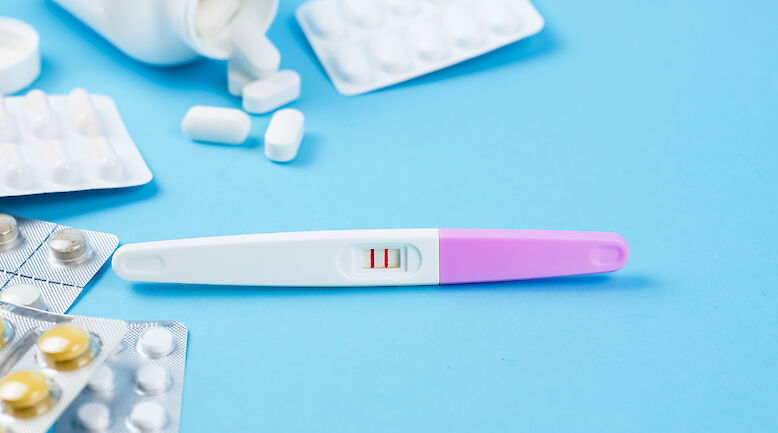English summary: Alcohol often involved in injuries of young patients attending emergency department

Introduction
There are no systematically collected/compiled and analyzed national data on young trauma patients attending the emergency department. This data would be important especially as it is known there is a connection between intentional and unintentional injuries, alcohol use and drop-out among young people. At the Centre of Injury and Violence Prevention located in Kouvola, Finland, injuries and related factors among young people are regularly monitored. The data will be used for injury prevention.
Methods
Data on patients aged 15 to 29 years attending the emergency department (ED) at Kuusankoski regional hospital (since January1st North-Kymi Hospital) because of unintentional or intentional injury, were gathered prospectively for two years. Breath alcohol concentration was measured on admission.
Results
A total of 1416 injuries occurred. The injury rate was 2.4 times higher in men (n=1001) than in women (n=415). In men the most frequent injuries were falls (27%), collisions or other exposure to inanimate mechanical forces (23%), and assaults (17%). The rate of deliberate self-harm was 5% in men. In women the most frequent injuries were, correspondingly, falls (33 %), traffic injuries (21 %) and deliberate self-harm (14%). One in three males and one in four females were under the influence of alcohol at the time of presentation. Among the 15- to 17- year-olds the alcohol rate was 17%. In men, 65% of assaults, 30% of falls and 23% of traffic injuries, and in women 40% of assaults, 21% of falls and 12% of traffic injuries were alcohol-related. The rate of alcohol-related deliberate self harm was over 50% in men and women.
Conclusion
The frequency of unintentional and intentional injuries was higher among young people than in other age groups. Injuries were often alcohol-related. The ED provides an ideal setting for brief intervention, as by taking advantage of the moment of approachability generated by the injury, the life situation of the young patient can also be discussed. By means of regular injury monitoring, the trends of violence, alcohol abuse, self-destructiveness and other high-risk behaviour among young people can be evaluated.












